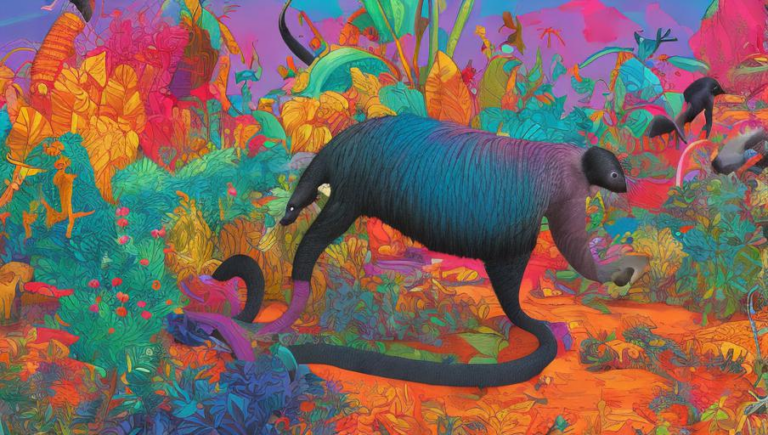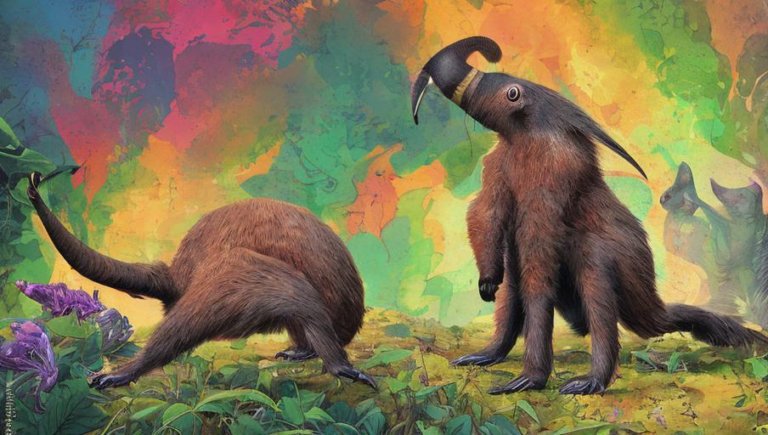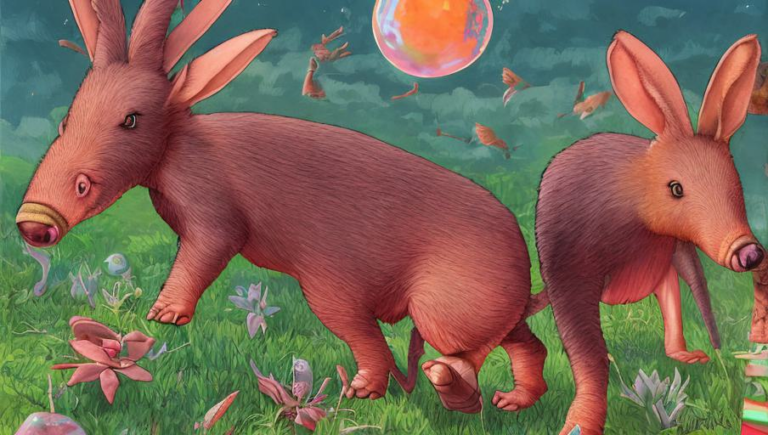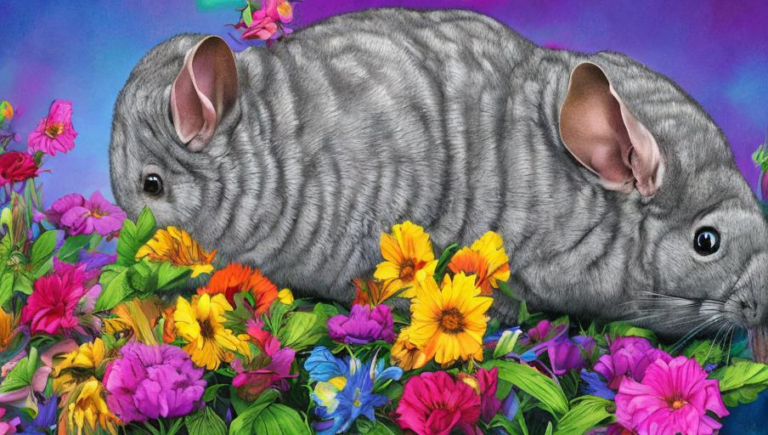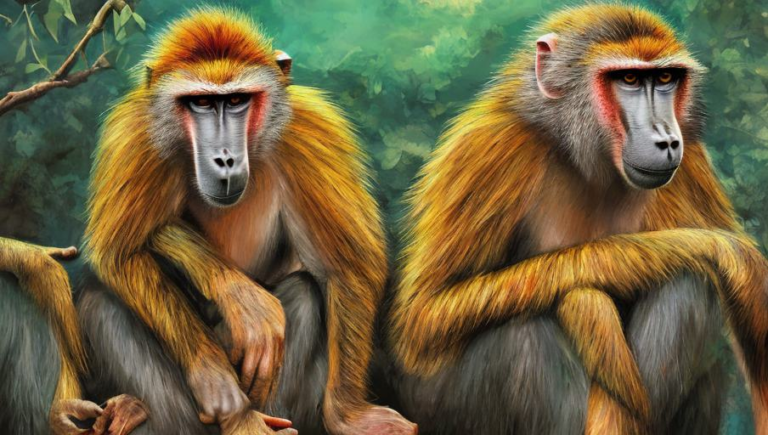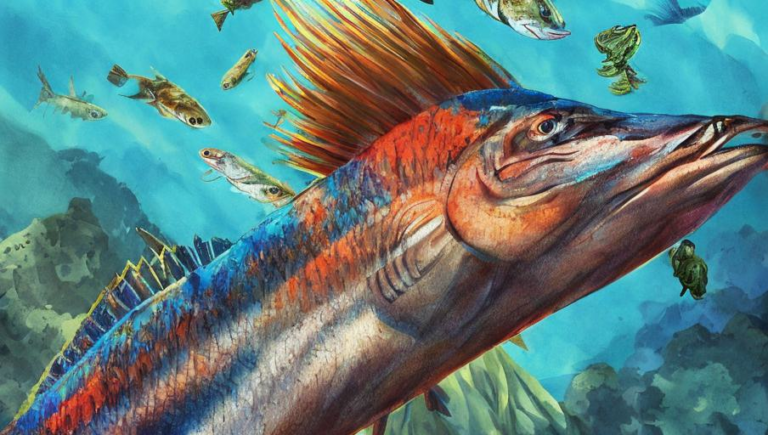Gaining Insight: Anteater Behavior
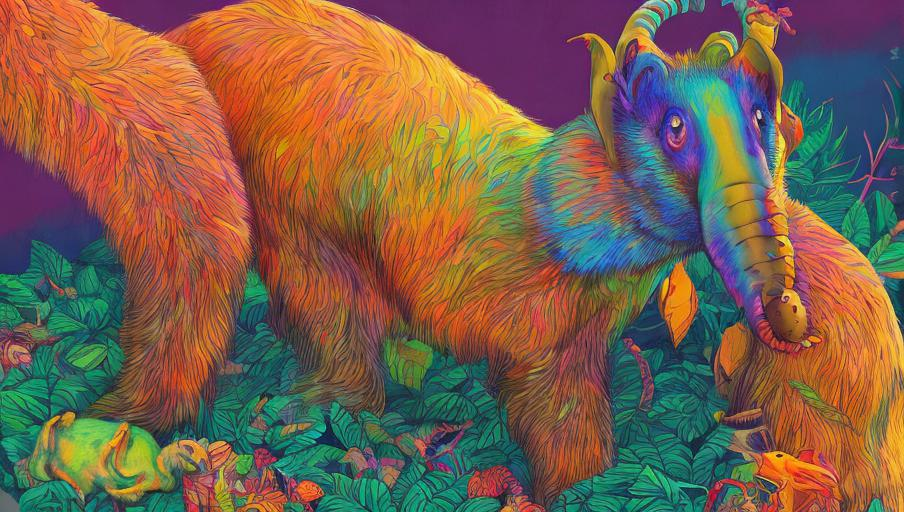
Gaining Insight: Anteater Behavior
Anteaters are fascinating creatures that have been a source of fascination for many centuries. They are found in Central and South America and can range in size from the giant anteater to the pygmy anteater. Anteaters are unique in that they have a specialized tongue that is adapted to their diet, which mainly consists of ants and termites. They are also known for their long snouts and claws, which they use to dig up their food. But what else do we know about anteaters?
Behavior
Anteaters are primarily solitary animals, often seen alone or in pairs. They are mainly nocturnal and spend most of their days sleeping in hollowed-out trees, logs, or burrows. When they are not sleeping, they can often be seen foraging for food or digging for ants and termites. They are also known for their excellent sense of smell, which helps them locate their prey. In addition, anteaters are known to be very protective of their territory and will use their claws to defend it from intruders.
Social Interactions
Despite being solitary animals, anteaters do have social interactions with one another. During mating season, males and females will come together for a few days and participate in courtship behavior. The female will then leave to build a nest and the male will remain to guard the area. After the young are born, the female will be the one to take care of them until they are ready to leave the nest. In addition, anteaters have been observed to use their claws and snouts to communicate with one another.
Conservation Status
Unfortunately, anteater populations are declining due to habitat loss and poaching. They are listed as Vulnerable on the IUCN Red List, which means that their population is declining and threats to their survival are increasing. Conservation efforts are needed to protect these fascinating creatures and their habitats. These efforts include creating protected areas, banning hunting and trapping, and increasing education and awareness about the importance of conserving anteaters.
Conclusion
Anteaters are fascinating creatures with unique behaviors and adaptations. They are important to their ecosystems and to the health of the environment. Unfortunately, their populations are declining due to habitat loss and poaching. Conservation efforts are needed to protect these creatures and their habitats. By understanding their behavior and threats to their survival, we can work together to help protect anteaters for future generations.
